A Chronic, Progressive Liver Disease Resulting From Hepatic Cell Failure Is:
A chronic, progressive liver disease resulting from hepatic cell failure is:. Episodes of heart failure. Other medical problems can also cause it. It can occur suddenly in people with acute liver failure but is more often seen in those with chronic liver disease.
The resulting condition is oxidative stress which impairs normal liver function aggravates the immune system and creates a state of chronic inflammation. Blocked or damaged tubes. Cirrhosis is a long-term chronic liver disease.
It is one of the major complications of cirrhosis. Progressive familial intrahepatic cholestasis PFIC is a disorder that causes progressive liver disease which typically leads to liver failure. Byproducts of hepatic injury include cellular waste like reactive oxygen species which interfere with the function of other liver cells.
In people with PFIC liver cells are less able to secrete a digestive fluid called bile. The damage to the liver usually cant be reversed. CLD is a continuous process of inflammation destruction and regeneration of liver parenchyma which.
Common causes of chronic liver disease are. In addition there is marked siderosis of extrahepatic tissues including the heart and pancreas Driscoll et al 1988. ACLF in patients with chronic liver disease is termed type A ACLF with complicated cirrhosis type B ACLF and with decompensated cirrhosis type C ACLF.
A chronic disease of the liver characterized by scarring of the liver with loss of normal hepatic architecture and areas of ineffective regeneration. Chronic liver injury most commonly caused by alcohol infection or liver fat accumulation associated with features of the metabolic syndrome triggers the activation of liver-resident and infiltrating immune cells resulting in inflammation progressive fibrosis disrupted architecture vascular changes and aberrant regeneration which are defining characteristics of liver cirrhosis. As scar tissue replaces healthy liver tissue the liver loses its ability to function.
Heavy Alcohol Use and the Stages of Chronic Liver Disease. Cirrhosis is a chronic progressive disease of the liver characterized by extensive degeneration and destruction of the liver cells.
Exposure to toxic chemicals.
Some symptoms that can indicate the advanced stages of chronic liver failure include. Hepatic encephalopathy HE refers to changes in the brain that occur in patients with advanced acute sudden or chronic long-term liver disease. Progressive familial intrahepatic cholestasis PFIC is a disorder that causes progressive liver disease which typically leads to liver failure. Cirrhosis is the scarring of the liver from repeated or long-lasting injury such as from drinking alcohol excessively over a long period of time or chronic hepatitis infection. Liver cells attempt to regenerate but the regenerative process is disorganized resulting in abnormal blood vessel and bile duct architecture. Common causes of chronic liver disease are. Cirrhosis is a chronic progressive disease of the liver characterized by extensive degeneration and destruction of the liver cells. Cirrhosis is a long-term chronic liver disease. Hepatitis A B C D and E.
A chronic disease of the liver characterized by scarring of the liver with loss of normal hepatic architecture and areas of ineffective regeneration. Cirrhosis is a chronic progressive disease of the liver characterized by extensive degeneration and destruction of the liver cells. In people with PFIC liver cells are less able to secrete a digestive fluid called bile. CLD is a continuous process of inflammation destruction and regeneration of liver parenchyma which. How does the liver try to fix the damage of cirrhosis. Hepatitis A B C D and E. A chronic disease of the liver characterized by scarring of the liver with loss of normal hepatic architecture and areas of ineffective regeneration.

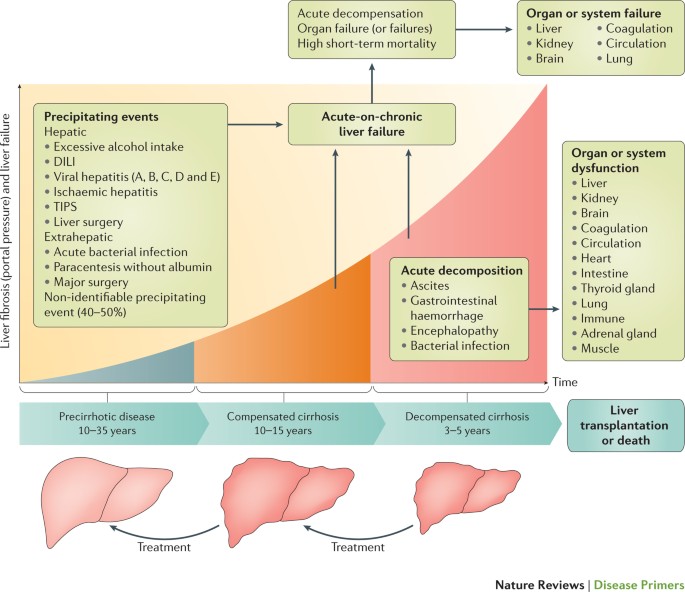

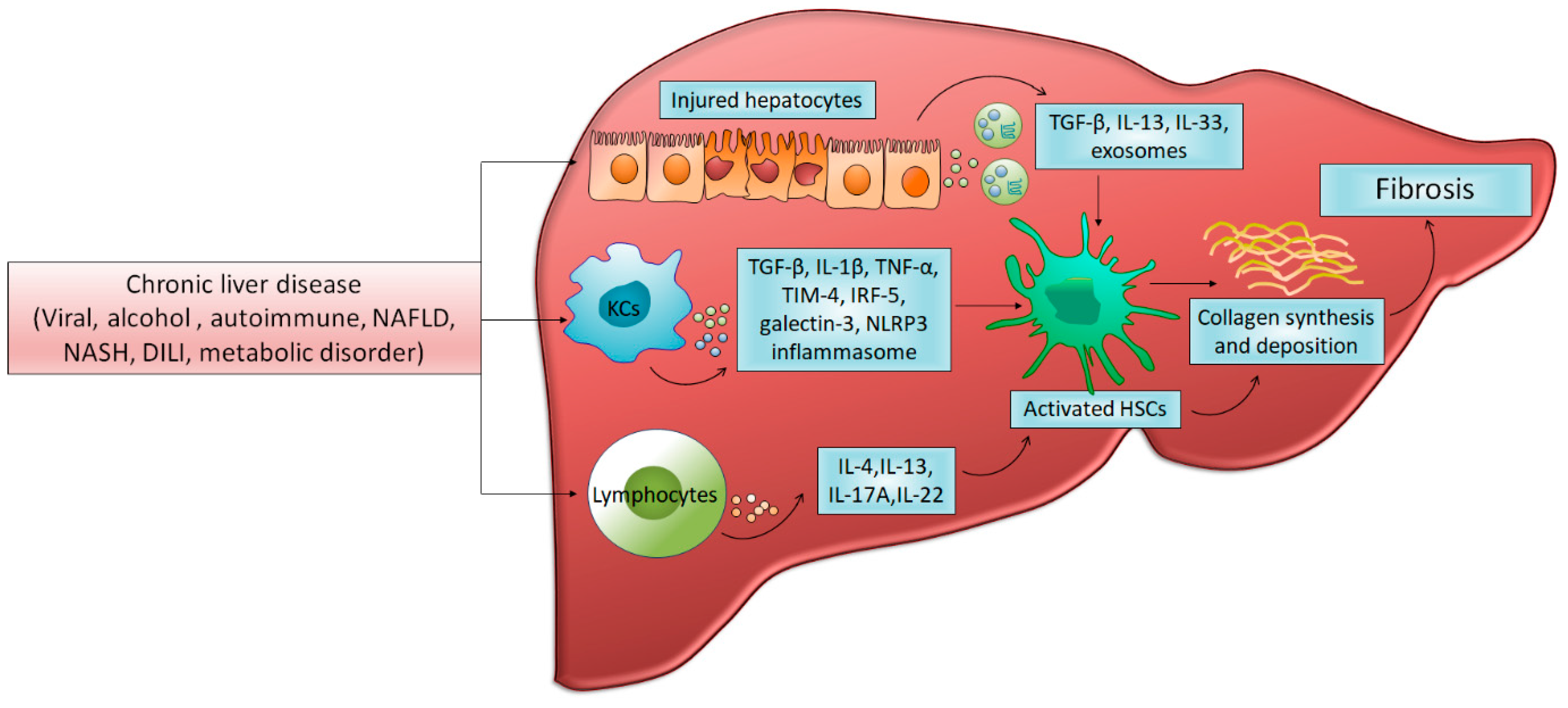
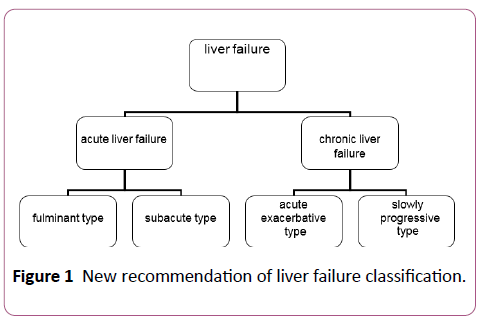
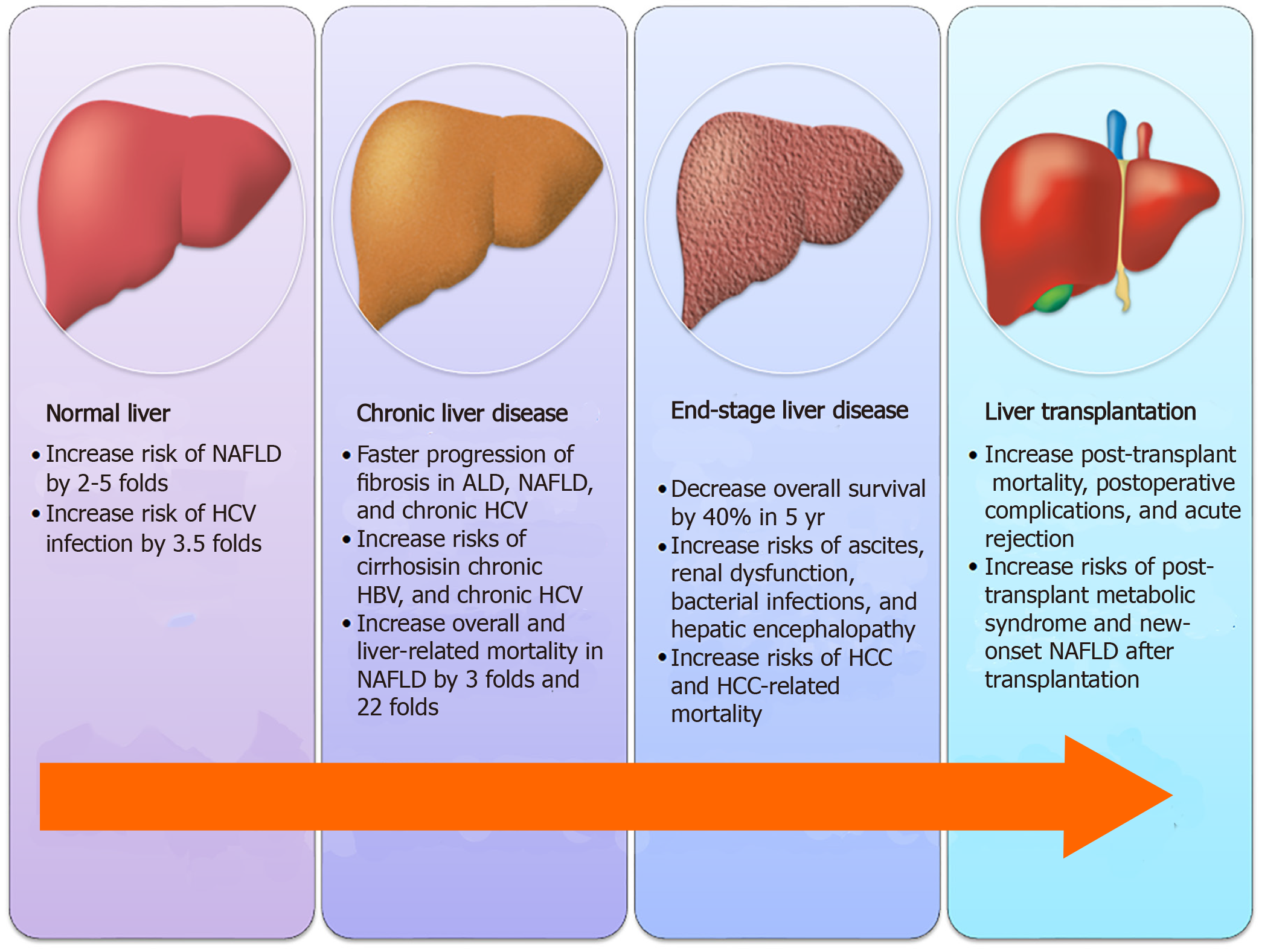



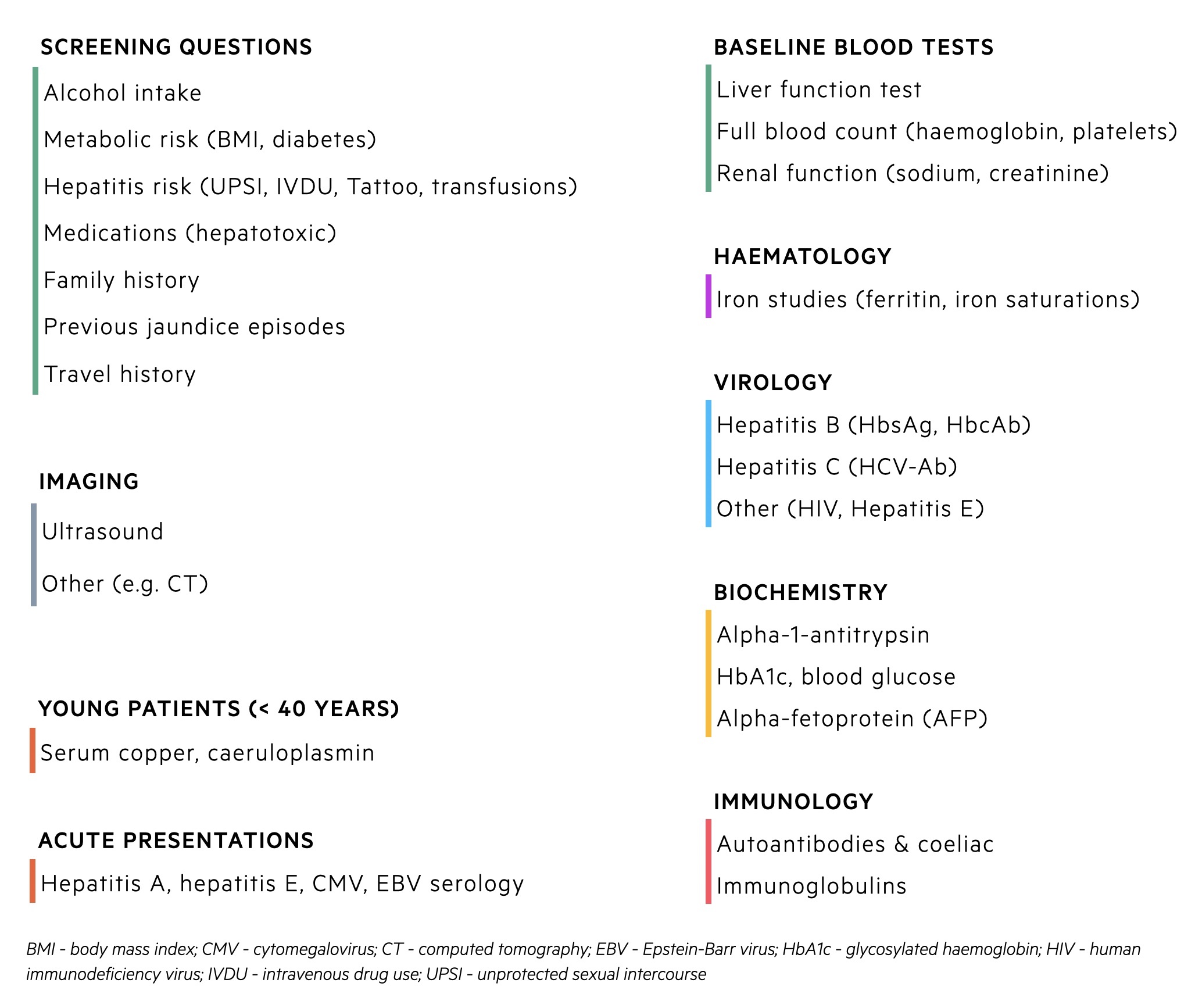
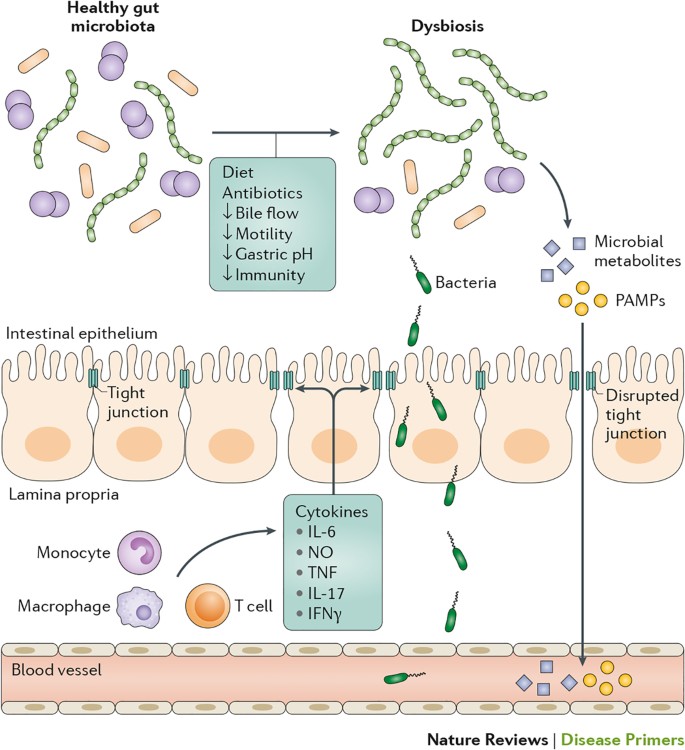

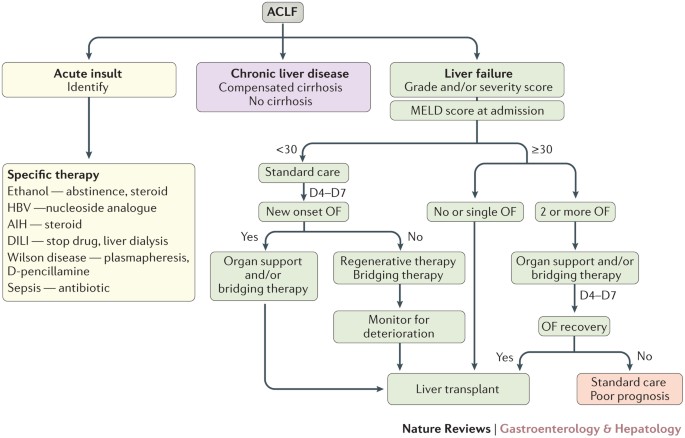






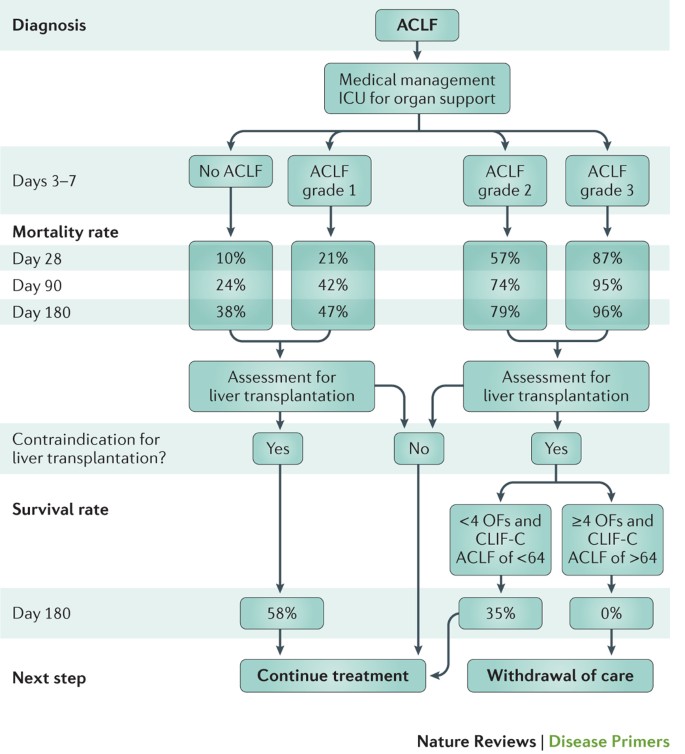
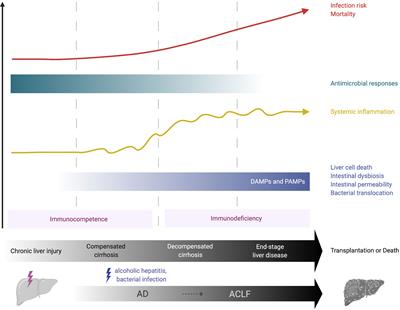







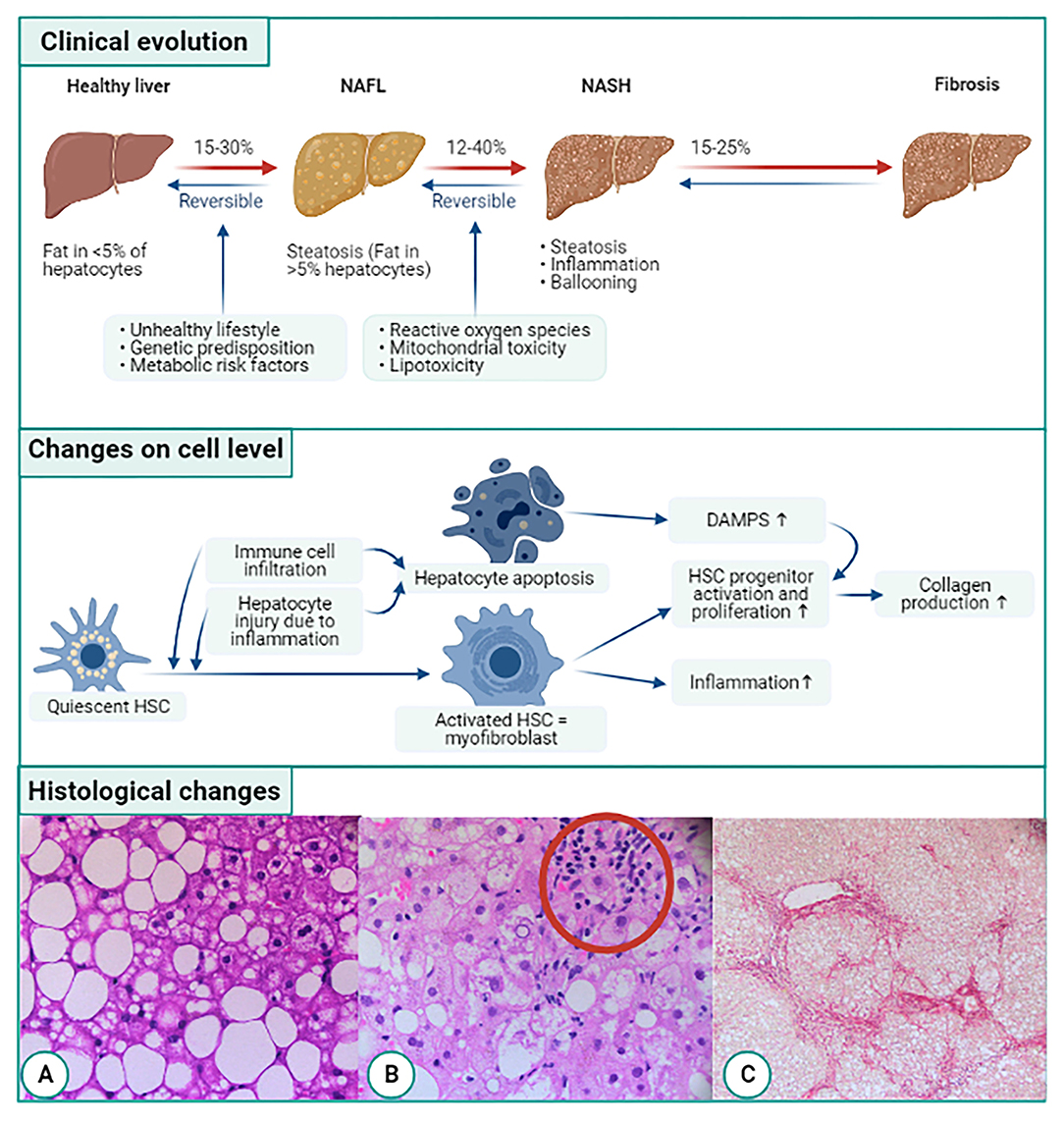







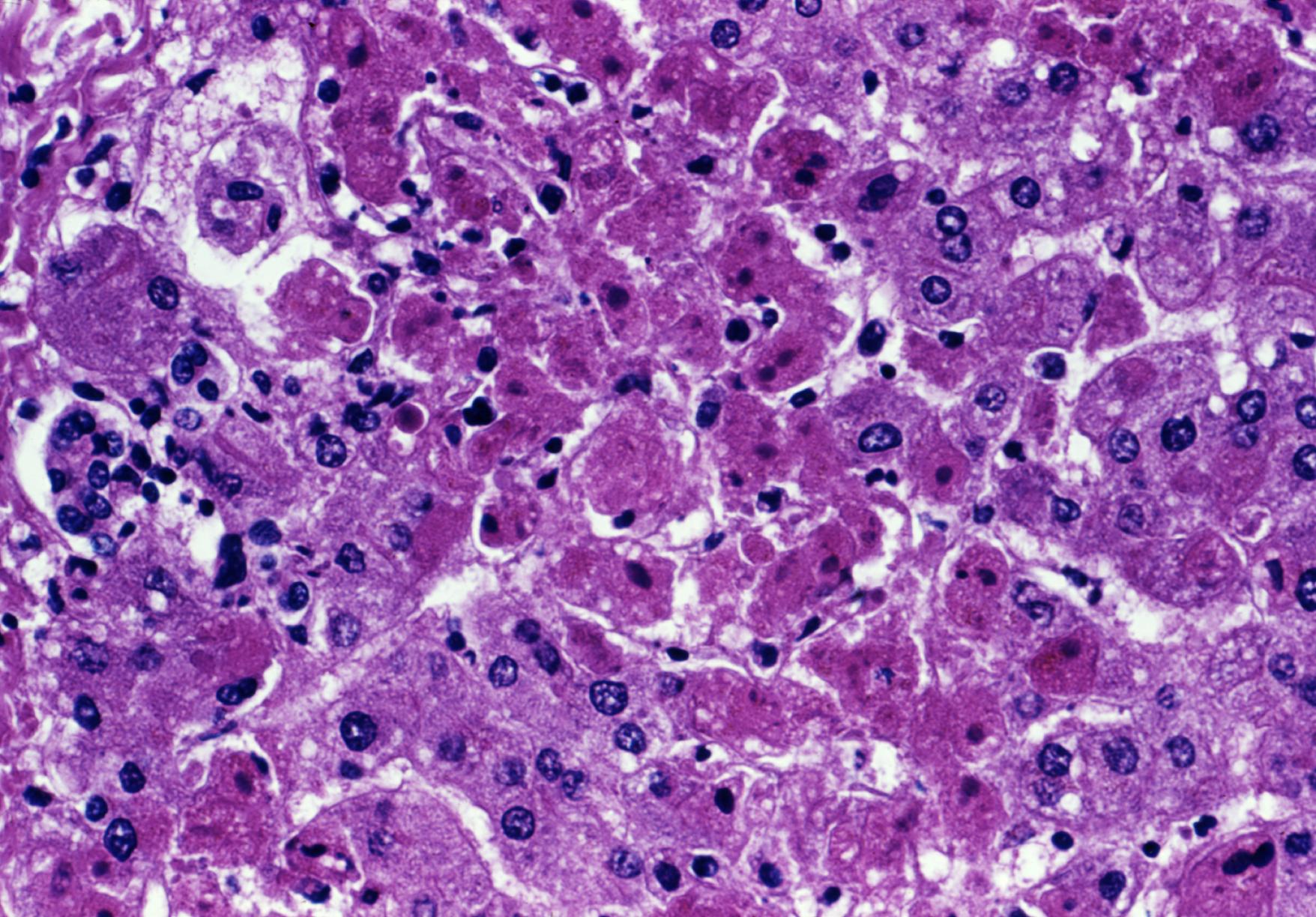
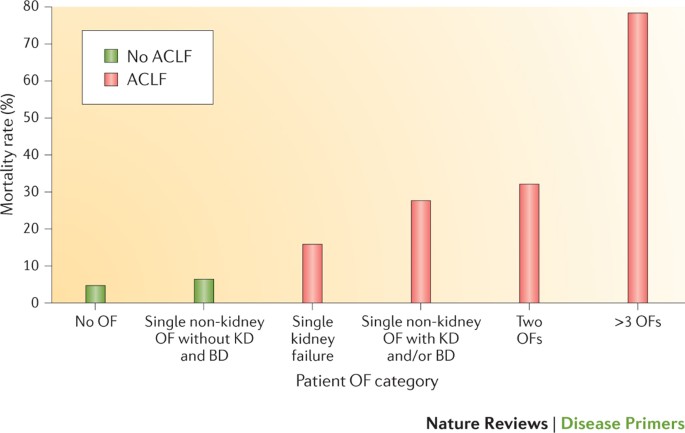
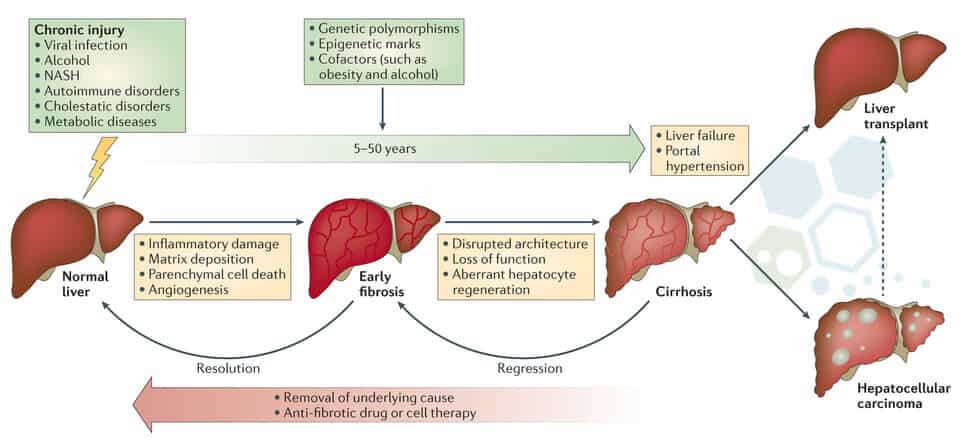
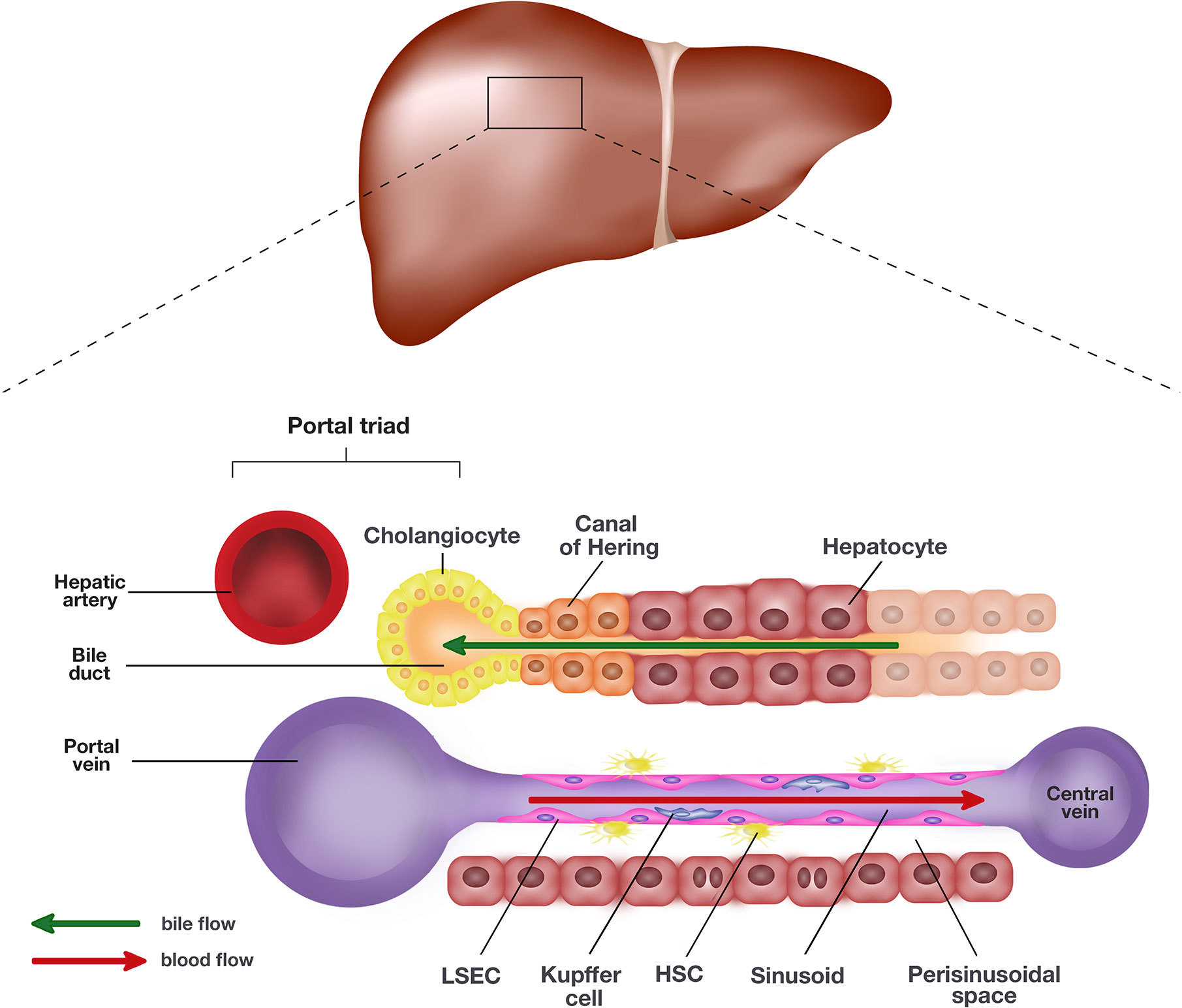

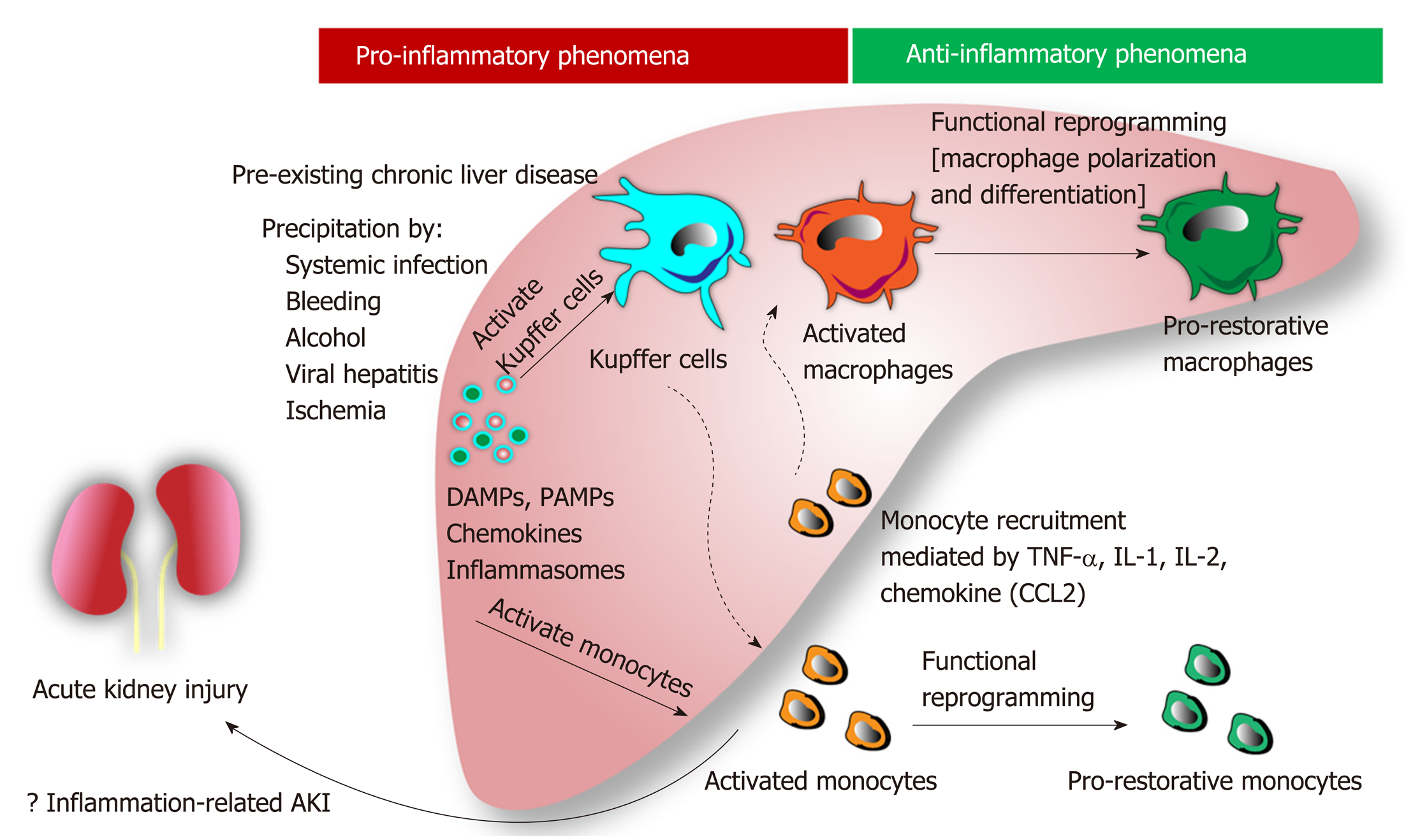

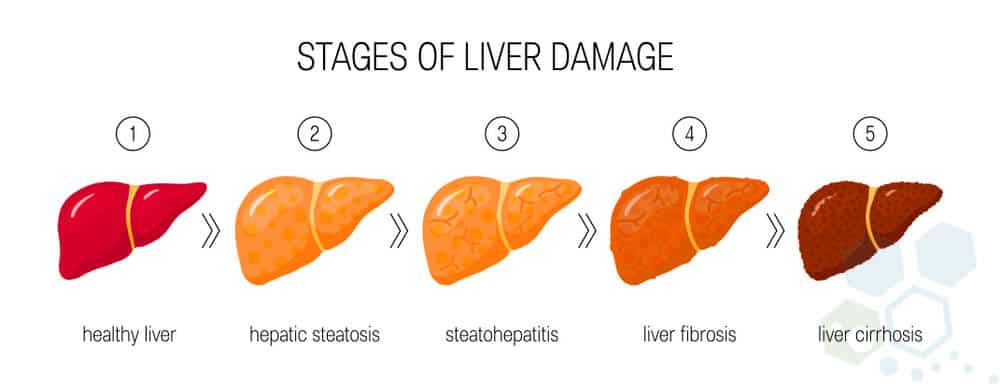

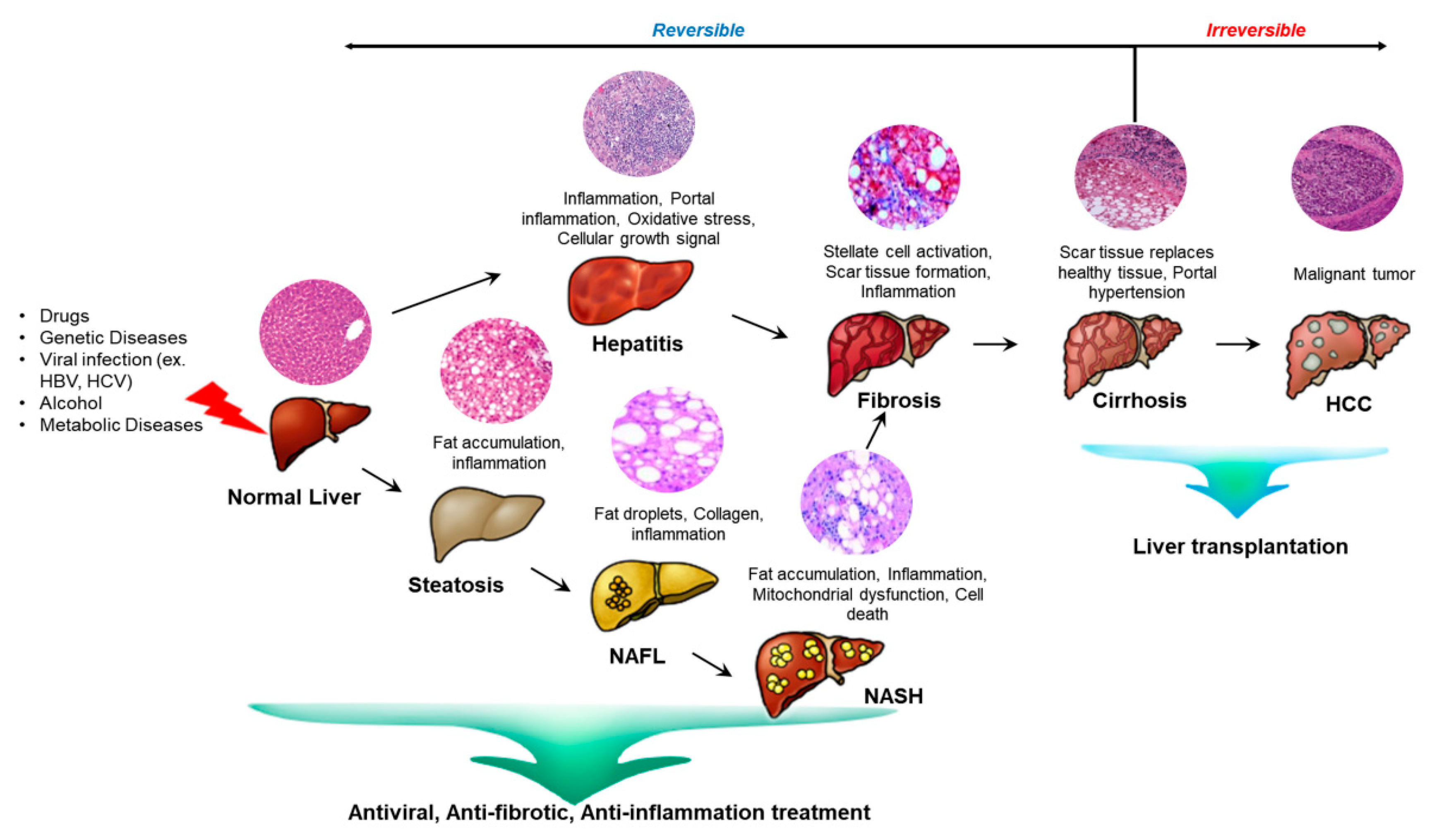
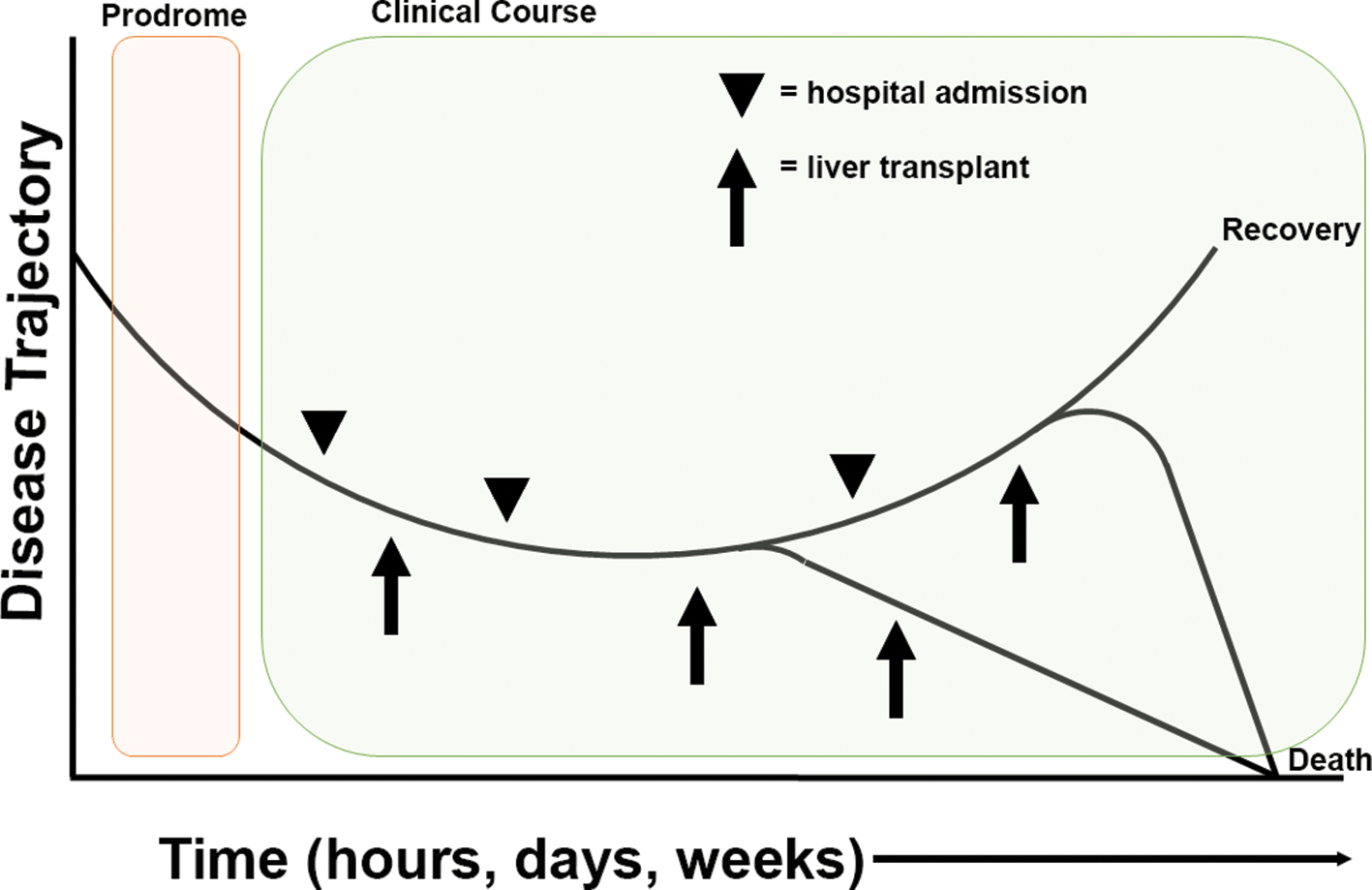
Post a Comment for "A Chronic, Progressive Liver Disease Resulting From Hepatic Cell Failure Is:"